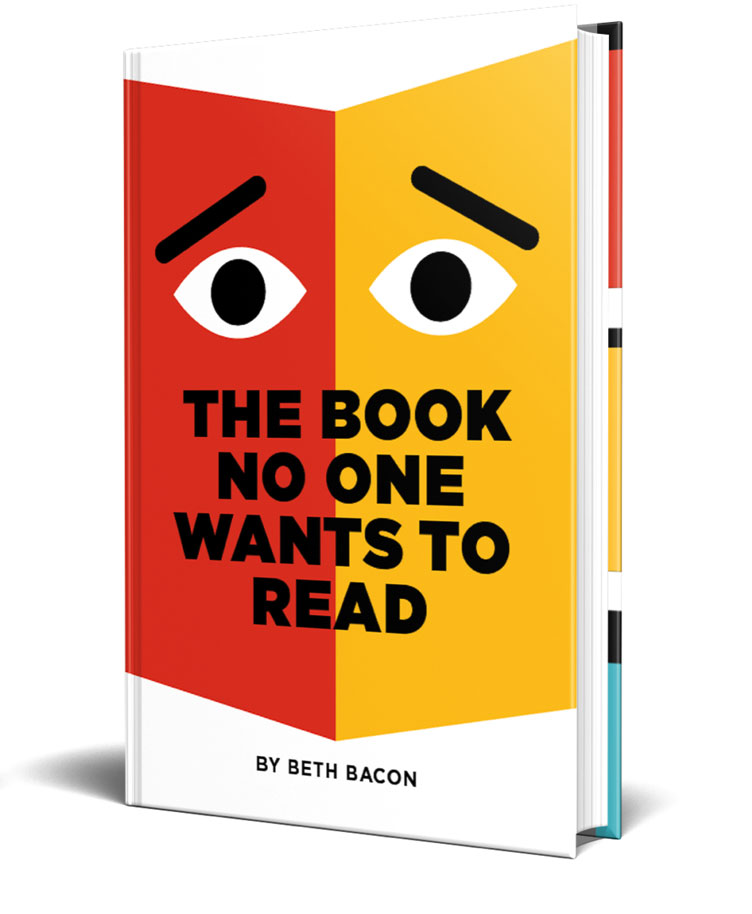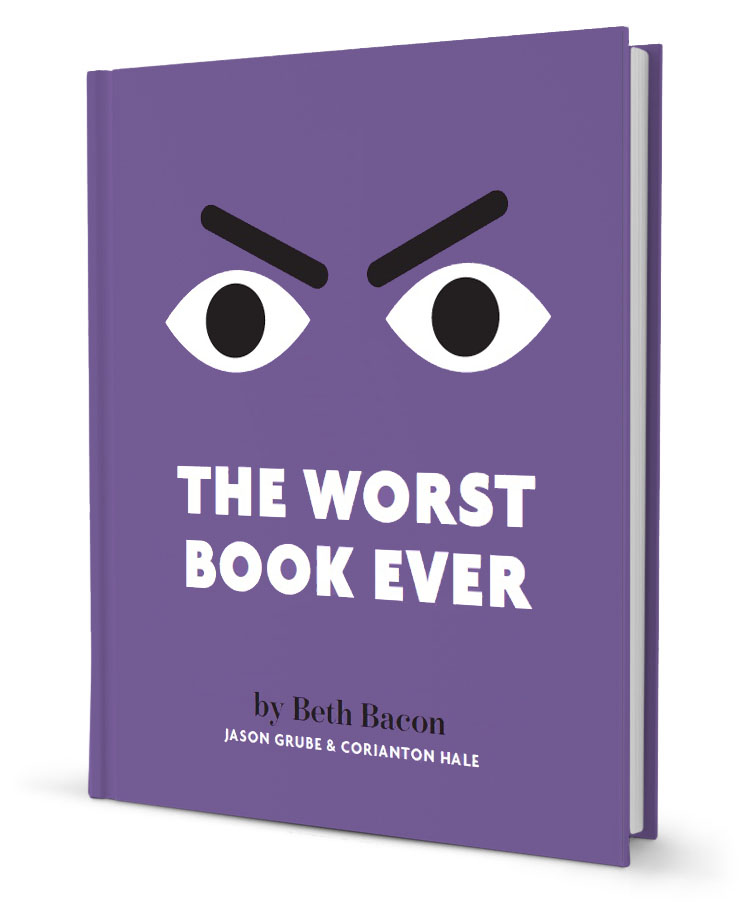Reading empowers. In this post, I speak with Laura Atkins, an author dedicated to personal empowerment and social activism.
Q: Laura Atkins, do you see a connection between reading and social activism?
 A: Telling stories seems to me to be an innate part of activism. We are surrounded by stories. Everyone has a story to tell. My daughter says she hates reading (and she loves your books!). Still, she loves stories – graphic novels, listening, watching TV. So I’d say that reading is not the only way connect to social activism. People can experience all sorts of stories and reading is one way to do that. What makes reading so powerful is that as we read, the experience inspires us to imagine existing in someone else’s life, to empathize, to change.
A: Telling stories seems to me to be an innate part of activism. We are surrounded by stories. Everyone has a story to tell. My daughter says she hates reading (and she loves your books!). Still, she loves stories – graphic novels, listening, watching TV. So I’d say that reading is not the only way connect to social activism. People can experience all sorts of stories and reading is one way to do that. What makes reading so powerful is that as we read, the experience inspires us to imagine existing in someone else’s life, to empathize, to change.
In today’s media-rich culture, so many people are trying to become YouTube stars for being outrageous or … I don’t know, whatever gets attention. The challenge is using storytelling to get at deeper stories with meaning. Stories that help us to understand ourselves in this world, others who live differently, and ideally, see how we are all connected. Reading can provide this deeper experience.
Q: In your school visits, have you encountered children who are reluctant to read or who claim that they don’t like reading?
 A: Our book, Fred Korematsu Speaks Up, is focused on the need for all of us to speak up when we see something that isn’t right. Specifically, we are looking at people who have advocated for civil liberties and civil rights.
A: Our book, Fred Korematsu Speaks Up, is focused on the need for all of us to speak up when we see something that isn’t right. Specifically, we are looking at people who have advocated for civil liberties and civil rights.
Stan Yogi and I have spoken so far to over 8,000 students at over 50 schools, so I know we’ve encountered reluctant readers. But we aren’t reading the book with kids directly, so haven’t had kids say this to us in person.
Teachers have expressed appreciation for the format of the book, and how it is accessible to kids who are reading below grade level. That was part of what originally inspired us to write a poetic biography in free verse. Really, it’s like a poetic picture book text, with short lines and lots of room on the page. We wanted this to feel inviting for kids who aren’t confident readers.

It’s also a big part of why we created a book that is so visual. Each biographical chapter starts with an illustration, and we have sections we call “insets” that include historical and other information that extend the themes of the story. We tried to build these around visuals with captions. So much of what we did here was with reluctant readers in mind.
A librarian who works with English language learners said she struggles to find books that kids can read that are at their level, developmentally, but that they can also read. She was eager for what she called Hi-Lo books.
Q: Have children and teachers shared their personal experiences about moments of injustice?
A: They have. For example, at the Fred Korematsu Elementary School in Davis (the first named for him) we met three girls who told us that after their mosque was vandalized, they worked with their school community to raise money and help pay for repairs. They told us this with pride, next to a teacher who clearly supported them.That’s just one example of how students responded to a setback by building community. . We had another girl tell us that her father was deported. And at a middle school in South San Francisco a boy spoke in front of a large assembly of kids, saying that his uncle had been shot by a police officer, and they were demonstrating against racist police. His librarian hadn’t known that had happened to him. I hope that kids feel empowered to share their stories, and also to listen to each other and be open to experiences that are different from their own.
Some teachers have told us that the story of what happened to Japanese Americans during WWII is scarily close to the ways many immigrants are being treated today. I worry sometimes that we will scare kids when we tell them about what our country once did to people who were seen as “other” or painted as the enemy. But the kids usually seem so engaged and their teachers and schools seem so supportive, at least at the schools we’ve visited so far in Oakland, Los Angeles, Seattle and New York. Teachers, librarians and school administrators are my heroes for all that they do to educate and help our children. It has been a blessing to spend time with kids and see how much they and their teachers are doing to talk about injustice and how we can speak up.
Q: How have your books have influenced the kids you’ve shared them with?
It’s hard to know the true influence, but we’ve received appreciation for the way we present the content in our book. For instance, Christopher Keogh, Assistant Principal at Farragut Middle School, said:
“It was great to see a presentation to kids that did not rely on ‘gimmicks,’ but instead drew young people in by the power of their storytelling. I noticed students sitting forward, literally on the edge of their seat. At the end, students asked questions and left with thoughts swirling in their heads regarding activism, social justice, and speaking up for what is right. I was astonished at the quiet power of their presentation, and am grateful they shared it with our students.”
It’s so helpful to hear this kind of feedback so we know that theses books have made an impact. And we hope to hear more in the future from any readers who were inspired by our book, in any way.
About Laura Atkins
Laura Atkins is the co-author of Fred Koramatsu Speaks Up. Her newest book is a biography of Biddy Mason Speaks Up, launches in February, 2019. It has been called “an age-appropriate yet unflinching examination of slavery, racism, and community healing in the United States.” Educators who want to learn more about Laura’s work can visit website of her book series at: http://






0 Comments